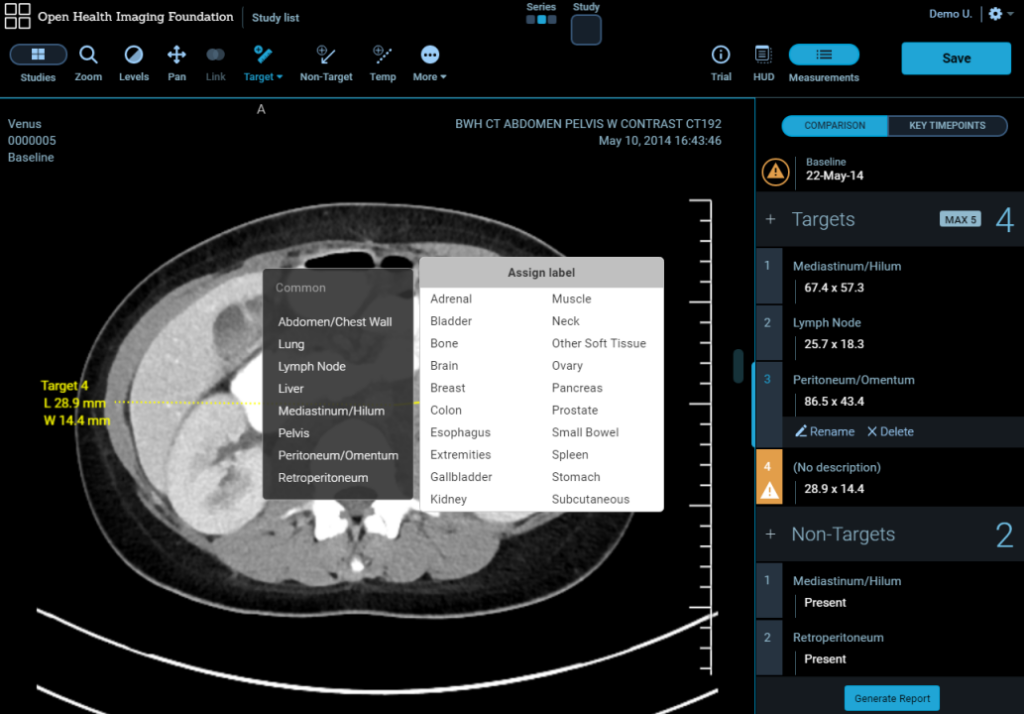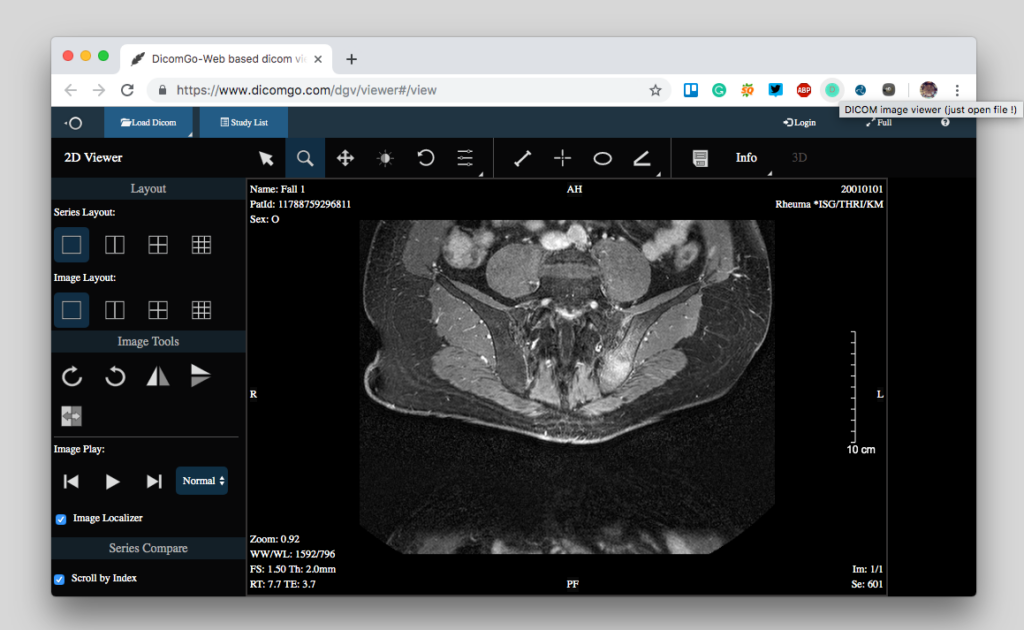As medical imaging migrates online for more accessible diagnosis, trusting a DICOM viewer web platform with sensitive data becomes paramount. What assurances ensure cloud solutions won’t compromise privacy?
This guide examines state-of-the-art security capabilities to look for along with best practices that reliably safeguard scans and related information within web-based radiology tools.
DICOM Viewer Confidentiality Essentials
As the central interface providing image access, key viewer security elements include:
Encryption – Data must remain securely encrypted both at-rest within hosting infrastructure and in-transit during transfer. Modern standards like AES-256 bit encryption provide clinical-grade protection.
Granular Access Controls – Specify which users can access individual images or reports to prevent unauthorized internal visibility beyond each care team.
Comprehensive Audit Logs – Detailed activity logging provides oversight including who viewed scans, when and what actions were taken for chain-of-custody transparency.
Compliant Cloud Infrastructure – Hosting within certified HIPAA/HITECH compliant data centers adhering to rigorous controls supports security foundations.
Zero Trust Architecture – Assume breach and architect zero standing access without identity verification via multifactor authentication and temporary tokenized links.
With the right features and technology safeguards in place, web access can match on-premise security protocols.
Supplementing Perimeter Defenses
However, viewing software represents just one piece of an end-to-end data pipeline. Tiered models provide layered continuity:
PACS Security – Start with a secure DICOM image archive preventing breach upstream using enterprise-grade access, infrastructure and transmission protocols.
Integrated Controls – Unified user permissions, encryption and logs across the PACS and viewing interfaces maintain consistency while preventing gaps.
Managed Networks – Route traffic through private connections or virtual private networks rather than public internet for an extra data buffer.
This overlapping protection contains threats at multiple levels if any single point gets compromised.
Adherence to Information Security Standards
Beyond built-in software safeguards, validating third-party compliance certifications provides further assurance.
International standards like ISO 27001 and country-specific protocols underline extensive governance enforcing stringent controls inclusive of regular external audits.
Inside Responsible Data Practices
Security infrastructure only provides one half of the equation – internal policies cementing proper data handling complete the trust formula:
Principle of Least Privilege – Staff only access minimal data required for assigned duties.
Zero Standing Access – No systems access without dynamically validating user identity and permissions first.
Routine Staff Cybersecurity Training – Ensure conduct best practices around safe data handling reinforced through exams.
HR Screening – Vet employee backgrounds aligned to data access responsibilities with continued monitoring.
Physical Security – Restrict physical access to technology infrastructure to minimum personnel.
While software capability matters, human accountability does too.

Moving Target: Maintaining Vigilance
Complacency represents the enemy of security. With constantly evolving cyber threats and technology landscapes, sustained safeguards warrant scrutiny including:
Pen Testing – Regular simulated attacks probe infrastructure for vulnerabilities beyond scans to exploit potential technical design gaps.
Technology Investment – Continually fund improvements around stronger encryption approaches, better threat detection capabilities and timely patch deployments.
Process Review Cycles – Periodically reevaluate internal data privacy procedures against changing regulatory or industry benchmarks to prevent stale standards.
Ongoing diligence ensures hardened environments don’t regress with age while advancing protection amid new risks.
Key Takeaways
With careful evaluation of layered security architecture spanning encryption, access control, infrastructure compliance and responsible operating models, web-based DICOM viewing can deliver clinical-grade data protection – now with added accessibility benefits.


